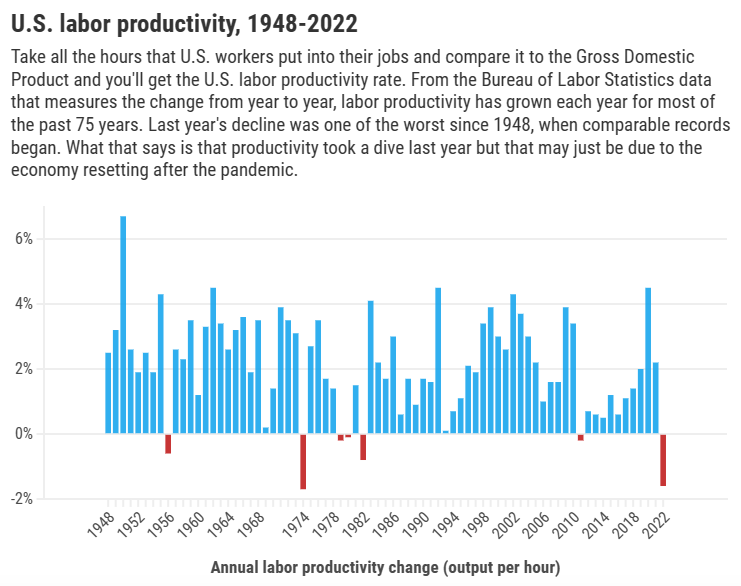In a bid to enhance work-life balance and tackle employee burnout, several companies in Colorado are embracing a 4-day workweek, paying employees for 5 days while they work only 32 hours. This innovative approach has been backed by research and pilot programs, showing promising results in employee mental health and business productivity.
Table of Contents

Addressing Burnout: Metro Caring’s Initiative
Metro Caring, a Denver-based nonprofit, witnessed a surge in demand during the pandemic, leading to employee fatigue and burnout. CEO Teva Sienicki observed increased absenteeism and a lack of presence among the staff. In response, the organization implemented a 4-day workweek, aiming to enhance work-life balance and improve efficiency.

Metro Caring CEO Teva Sienicki started a 6-month pilot of a four-day, 32-hour, workweek with full pay for employees.
The Impact of Shortened Workweeks
The concept of a shortened workweek has been supported by various studies and pilot programs, including those organized by 4 Day Week Global in New Zealand. The pilot programs have reported improved worker mental health, increased business productivity, and a notable rise in employee retention and revenue.
Colorado’s Familiarity with Shorter Weeks
Colorado has previously experimented with shorter weeks in school districts, primarily due to budget constraints and recruitment challenges in rural areas. Several local organizations and companies, including Kickstarter and Microsoft Japan, have also adopted variations of this approach, highlighting its universal appeal and potential benefits.
The Role of Company Leaders
Company executives and owners play a crucial role in the transition to a 4-day workweek. Leaders, recognizing the benefits of well-rested employees, are often the driving force behind the switch. Metro Caring’s CEO, Teva Sienicki, shared her personal experience with burnout, emphasizing the importance of addressing overwork and fatigue.
Employee Experiences and Adaptations
Employees at Metro Caring have reported positive experiences with the shortened workweek, enjoying more time for personal activities and feeling more energized. The adaptation has also led to better prioritization and more purposeful meetings, contributing to overall job satisfaction.

An employee at Integrity Pro Roofing in Denver works on fixing a client’s roof. Bad weather can prevent construction work from being completed so it’s more challenging for seasonal companies to roll out a four-day workweek. But Integrity, which has operated on a four day week since early 2022 remains committed.
Historical Context and Modern Movement
The idea of a shortened workweek dates back to the U.S. Fair Labor Standards Act of 1938, which set the maximum workweek at 44 hours, later reduced to 40 hours. The modern movement towards a 4-day workweek is gaining momentum at the national level, with legislation being introduced in various states and discussions ongoing in Congress.
Addressing Challenges and Criticisms
While the 4-day workweek has been successful for many companies, it may not be suitable for all. Seasonal labor-dependent companies and those undergoing leadership changes may face challenges in implementation. Critics argue that the benefits, particularly for white-collar workers, need more rigorous research and evidence.
A Universal Appeal
The 4-day workweek offers a promising solution to enhance work-life balance, improve employee well-being, and increase business productivity. While challenges and criticisms exist, the universal appeal of getting 100% of the work done in 80% of the time for 100% of the pay continues to drive this revolutionary change in the workplace.





